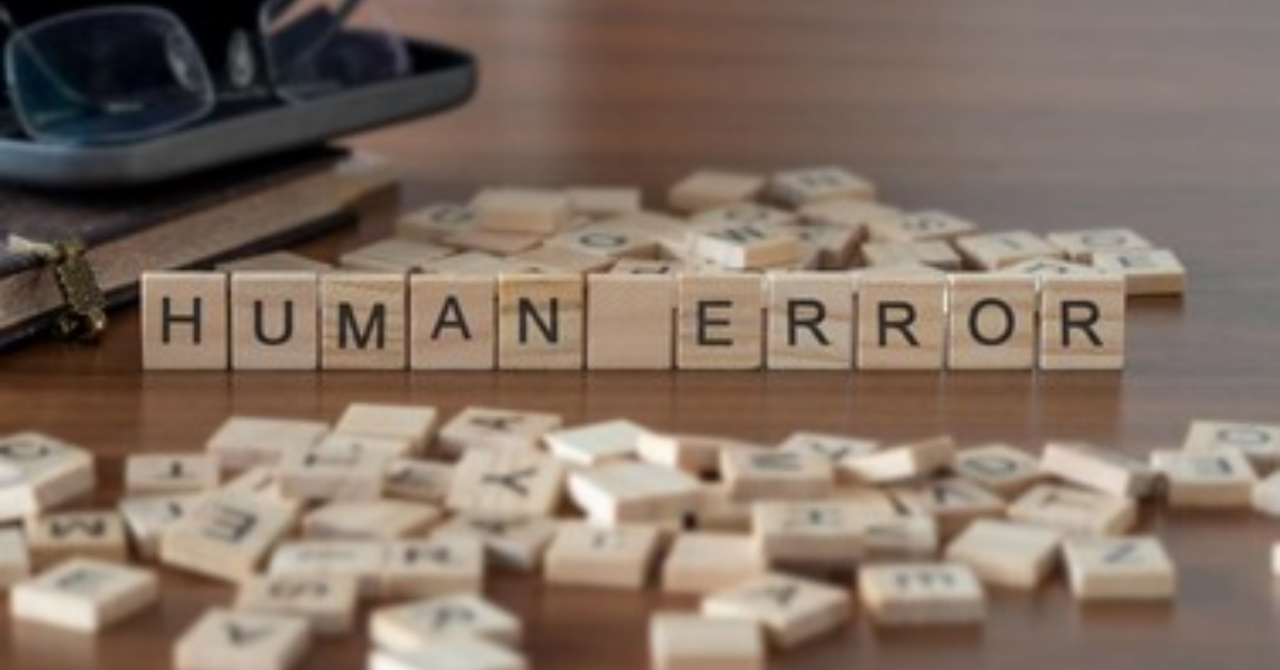Why do human errors occur?
Human error always occurs with a certain probability. Then, why do human errors occur?
The following are possible causes
- The scope of attention is limited.
- Do not pay attention to things that are not your concern.
- Attention has direction.
- Attention is variable.
- Attention has a rhythm.
These result in unintended consequences (mistakes).
Furthermore, as a human sensation,
- Vision may not be an accurate judge of all things.
- Hearing may not be able to accurately determine direction or distance.
- Tactile sensation may not be accurate depending on the situation at the time.
- Even the same amount of time can feel longer or shorter depending on the circumstances of the moment.
This is also affected by issues such as the following.
So there,
- carelessness
- Illusion (illusion)
- Shortcut / Omission
etc., occur to everyone.
Don’t forget as you get used to it!
Mistakes and accidents are never caused only by beginners. Rather, mistakes made by seasoned professionals tend to have more serious consequences.
★Factors that cause beginners to make mistakes
- Perceived information overload and confusion.
- Lost in a struggle to make up your mind. Lack of confidence.
- We realize it when it is too late or worst.
- Act on decisions that remain ambiguous.
- Unable to predict the risk of consequences.
★Factors that cause skilled workers to make mistakes
- They are too unconventional due to years of repetition.
- They are so used to it that they often act unconsciously.
- There are so few errors that you don’t even notice them if they are made.
- Because it can be done quickly, it can cause omissions and skips in operations.
pointing and calling (occupational safety method)
To minimize human error, the following measures are useful. These are examples from the soft side.
- Work according to written procedures and instructions
- work according to instructions
- Record the work performed immediately afterwards.
- Double-check important work.
- Review and approve records of work performed
However, it may not be possible to double-check every process.
For example, it would not be practical to have two train conductors on board at all times. In such cases, pointing and calling is effective.
Pointing and calling refers to pointing to work objects, signs, signals, and instruments and confirming their names and conditions aloud as part of hazard prediction activities.
The threefold check is performed by “checking with the eyes,” “pointing the finger,” and “speaking out loud. The figure shows the error occurrence rate when each person performs 100 times x 4 types of button pressing tasks according to the screen display. It can be seen that pointing and vocalizing reduces human errors.

However. As the figure shows, it is also important to note that even if the check is repeated three times, a person will make three mistakes in 1,000 identical tasks.
In other words, human error will always occur.
Three Lessons in Human Error
Finally, here are three lessons of human error.
- People make mistakes.
- It is natural psychology to try to hide failures.
Create a system to avoid repeating failures.


Comment